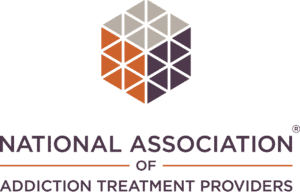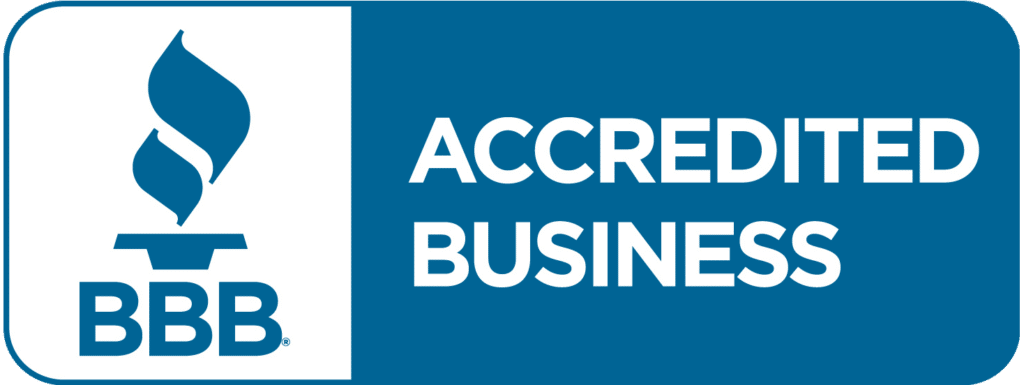You may not be surprised to learn that many of the patients entering rehab for teens have fallen behind in their studies, but it’s often their life skills that make the most significant hit. Inpatient rehab for teens makes sure that these teens don’t fall through the cracks by teaching crucial skills they need to become successful adults.
New York Center For Living notes that one of the main fears for parents is the impact addiction has on adolescent milestones, such as learning to drive, managing money, applying to colleges, and spending time with friends. Rehabs for teens are mindful of this and prioritize teaching patients the necessary life skills to get them back on track.
According to the National Institute on Drug Abuse, an adolescent’s brain is like a car with a fully functioning gas pedal (the reward system) but weak brakes (the prefrontal cortex). Teens are biologically wired for thrill-seeking and experimenting with new things. Unfortunately, because their brains are not yet fully formed, this puts them at greater risk of sliding into addiction.
Inpatient Rehab for Teens
With teen substance abuse and addiction on the rise, inpatient treatment facilities are coming up with new ways to help patients develop better-coping strategies and bridge the gaps in their life experiences.
The good news is that with the right support and strong foundations, patients can look forward to a brighter, healthier future. Rehab for teens provides a safe, managed environment to encourage them back onto their feet, free from outside influences and triggers.
Stepping back into day-to-day life after treatment is a positive move forward, but it can also come with challenges. Inpatient rehab aims to reduce the risk of relapse by setting teens up with all of the tools they need to lead happy, fulfilling lives, creating a smoother transition between treatment and the demands of daily life outside of the facility.
Below are the four key life skills that teens will learn throughout the process.
- Planning for the Future
It’s not uncommon for teens dealing with addiction to struggle in school. Substance abuse can lead to poor attendance and neglected schoolwork, causing a decline in grades and a lack of interest in academic success. Many lose sight of their long-term goals and aspirations, giving in to distractions and feelings of hopelessness.
During treatment, patients are encouraged to look ahead, set goals and work to achieve them. These don’t have to be groundbreaking feats. Even small-scale accomplishments, such as developing new skills or hitting personal targets, help rebuild confidence and establish positive learning practices.
Extracurricular activities can also support recovery. Groups that promote team building enable teens to build connections with like-minded people and enrich their social interactions, giving them the chance to broaden their horizons and forge valuable relationships with others.
- Growing Communication
Addiction can be an isolating experience. Many people with substance abuse issues find they need to mend relationships with friends and family that have been broken by negative behaviors, e.g., stealing, anger, aggression. A lack of secure friendships and stable connections can often lead to relapse, so building a positive support network and establishing a circle of sober friends is crucial to recovery.
Secrecy can also be a big problem for teens dealing with these issues. It can be hard to reach out and let others know when you’re struggling at the best of times, and the nature of addiction only increases the impulse to withdraw or lash out.
Through inpatient treatment, teens learn how to express their feelings in more constructive ways. They are encouraged to let others know when they need extra support and resist the urge to bottle things up. Support groups and meetings are available outside of the facility, and these are great places to grow strong connections in a safe space.
Improving self-confidence and assertiveness is also vital for those in recovery. Saying no to peer pressure and high-risk social situations is much easier when teens aren’t seeking outside approval and acceptance from the wrong sources. Treatment teaches teens to develop a strong sense of self-worth, making them more likely to stay on the right path.
- Changing Habits and Controlling Impulses
The structure is important when trying to form any new habits. A good routine, sleep pattern, and personal hygiene regime (which may have previously taken a backseat) are the building blocks for continuing to progress outside of treatment.
The temptation to fall back into old habits is heightened when teens leave rehab. Inpatient treatment educates them on how to make informed decisions and exert control over their impulses.
Instead of repeating past behaviors in times of stress, such as hanging out with bad influences, they are guided toward alternative coping mechanisms.
Establishing a constant baseline helps teens feel more secure and stable when unexpected obstacles or challenges pop up. Things like sticking to a consistent bedtime, writing out to-do lists, and attending support groups keep them grounded in their recovery.
Exercising can also be a great addition to their schedule. Through exercise, teens can boost their mood and fitness, clear their minds of negative thoughts, and release endorphins. Addiction has a mental and physical impact on the body, so learning about nutrition and how to eat a balanced diet is also advocated.
- Self-Care
Rehab teaches teens to maintain the right mindset even as the stresses and pressures of daily life creep in. They are guided toward recognizing their own needs and replacing negative patterns with positive choices.
Teens are encouraged to listen to their minds and bodies and take a step back before things bubble up, and old habits resurface. Self-care practices such as meditation, taking a relaxing bath, or even something as simple as keeping their room clean and tidy make a huge difference.
When we value ourselves and learn to identify which areas of our experience need some extra care and attention, we are more likely to be proactive and employ better, healthier coping methods.
Getting Treatment for Teen Addiction
The journey away from addiction can be a long process with many bumps in the road, but recovery is possible with support, encouragement, and persistence. Rehab for teens will equip them with the life skills they need to become well-rounded, fulfilled adults with promising futures, free from addiction and substance abuse.
If you’re interested in learning more about drug addiction treatment, call 408-547-4089 and talk to a member of the Silicon Valley Recovery team today!
FAQs
At what age can you go to rehab?
The age at which someone can go to rehab varies depending on the facility and the laws of the region. Generally, individuals aged 18 and older can admit themselves to rehab without parental consent. For those under 18, parental consent is typically required. Some facilities offer specialized programs for adolescents, which cater to the unique needs of younger individuals seeking treatment.
How can I help my son get off drugs?
Encourage open communication and express your concerns without judgment. Seek professional help from a counselor or therapist specializing in addiction. Consider support groups for both your son and yourself. Establish clear boundaries and consequences while showing empathy and support. Educate yourself about addiction and recovery to better understand his challenges.
What can families do to cope with a loved one’s addiction?
Families can cope with a loved one’s addiction by setting healthy boundaries, seeking support from groups or professionals, and focusing on self-care. It’s important to communicate openly and avoid enabling behaviors. Educating oneself about addiction can also help in understanding the situation better. Encouraging the loved one to seek treatment while maintaining a supportive environment is crucial.
What is the average age of people in rehab?
The average age of people in rehab varies depending on the type of substance being treated and the demographic factors of the population. Generally, individuals in their late 20s to early 30s are most commonly seen in rehab facilities. However, rehab centers cater to a wide age range, from teenagers to older adults, reflecting the diverse nature of substance use disorders across different age groups.
What is the 60% rule in rehab?
The 60% rule in rehab refers to a guideline used in inpatient rehabilitation facilities. It requires that at least 60% of patients admitted have one of 13 qualifying medical conditions, such as stroke, brain injury, or spinal cord injury. This rule ensures that facilities focus on treating patients with significant rehabilitation needs, maintaining a standard of care and resource allocation for those with severe conditions.
What percentage of addicts recover?
The percentage of addicts who recover varies widely depending on several factors, including the type of addiction, the individual’s circumstances, and the treatment approach. Studies suggest that recovery rates can range from 30% to 50% for those who engage in treatment programs. Long-term recovery is more likely with ongoing support, lifestyle changes, and addressing underlying issues.









